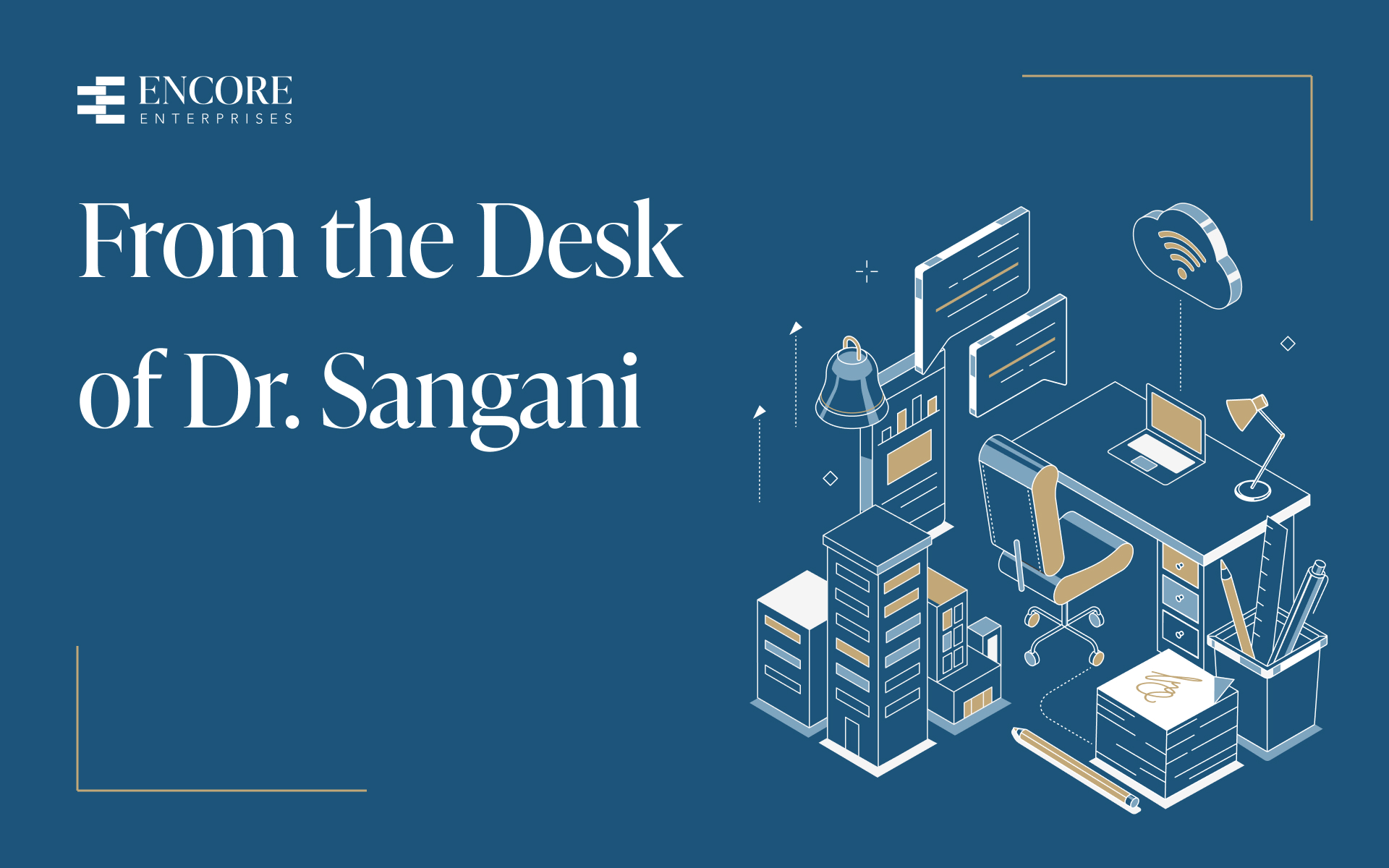DALLAS – (August 7, 2025) – In 2024, approximately $929 billion in commercial real estate debt came due in the most challenging financing environment in a decade. Interest costs climbed, insurance premiums surged, and exit strategies shifted dramatically. Sponsors who could pivot swiftly preserved value and those who couldn’t struggled.
Markets can turn quickly, and when they do, proformas are usually the first casualty. Predicting future performance with spreadsheets is standard in commercial real estate and an essential part of analyzing prospective deals. Informed by intense market research, it also provides critical guardrails for asset management post close. However, when extenuating circumstances hit and market dynamics no longer match the model’s underlying assumptions sponsors need to be savvy enough to know what levers to pull next. For high-net-worth investors and wealth management professionals, recognizing a sponsor’s skill in navigating market volatility is more crucial than ever.
“For over 10 years, it was typical to assume a 4% to 6% annual increase in insurance costs. Those stable and predictable assumptions went out the window post-COVID,” explained Charlie Keels, President of Encore Multifamily. He explains, “Underwriting isn’t static. Successful multifamily investment requires constant recalibration. It’s not about being exactly right from the start; it’s about being highly adaptable and experienced enough to know when to be patient and when to get creative.”
Keels faced precisely this situation with their Encore Montrose project, a multifamily development in Houston’s urban core constructed before COVID-19 reshaped tenant preferences and market demand. Originally positioned for young professionals desiring urban live-work-play environments, Encore Montrose faced slower rent growth than anticipated due to work-from-anywhere permission shifting demand toward suburban areas.
With Encore’s strong balance sheet, the project was able to hold steady until Keels eyed an opportunity with an affordable housing tax structure. The underwriting penciled out and the decision reduced property tax liabilities, which increased net operating income significantly. Keels emphasized, “It’s about persistence, flexibility, and knowing when and how to pivot to drive investor value.”
Some of the most difficult levers in real estate are found in the fixed costs, particularly insurance and property taxes. In one Dallas–Fort Worth multifamily project, Keels and his team focused on insurance, a line item often seen as immovable, and cut costs by nearly 50 percent. By aggregating coverage across multiple assets and leveraging a blanket policy through a partner like Greystar, the team spread risk and secured better pricing without compromising protection. It’s a clear reminder that returns aren’t solely driven by revenue and that great execution lives in the line items.
This underscores a critical truth about underwriting. It’s far more strategic than transactional and sometimes less is more. Seasoned professionals like Drew Rohmer, senior underwriter at Encore Enterprises, know that the goal isn’t to model every detail but instead to zero in on what truly has the power to move the needle. As he puts it, “When a model tries to answer every question, it usually means the underwriter hasn’t figured out the right question yet.” In fact, overly complex models can be a red flag, often signaling that a sponsor lacks confidence in their instincts and is trying to back into a result with false precision.
Instead, experienced underwriters focus on thresholds: the minimum rent required to clear debt service, the cap rate sensitivity that breaks the return, the construction cost ceiling before a deal stops penciling, etc. Experienced professionals streamline their models not because they know less, but because they know exactly what matters and what doesn’t.
All of this takes time and a fair amount of mental gymnastics which many have been supplementing with artificial intelligence. Rohmer warns that while AI may be useful for speeding up surface-level research, at its core, it’s still a language learning model and not a numbers engine. That distinction is critical in underwriting, where precision matters. Rohmer found that AI can have an inherent bias to tell you what sounds right rather than what is right. In a discipline where even minor miscalculations can derail a deal or an overly rosy market analysis can mislead investors, that kind of false confidence isn’t just risky, it’s dangerous.
Yet, despite AI’s growing influence, underwriting remains intensely human. Rohmer explains, “AI can save time in researching markets and gathering comparables, but it can’t replace market intuition and relationships. Real estate isn’t just numbers; it’s experience, instincts, and decisive action.”
Encore’s strategic response at Encore Montrose further highlights this. Under normal market conditions, Encore reassesses its underwriting two to three times annually to ensure alignment with evolving fundamentals. However, for assets facing distress or material deviations from plan, Encore increases its frequency, sometimes revisiting core assumptions monthly.
As Keels notes, “You can’t overreact, but you can’t ignore realities either. If you change the plan too often, you’ll only make things worse. It takes experience to gauge timing and know when to recalibrate.” For Encore Montrose, it took two years to enact the tax advantage strategy. He adds, “That judgement—plus a strong balance sheet and the ability to effectively leverage financing structures and control costs—is what separates a good outcome from a great one.”
In real estate investing, the market rarely moves as projected. That’s not a flaw; it’s reality. For wealth managers and investors, it means weighing a sponsor’s track record of adaptability under stress as critically as initial IRR projections in decision making. Anyone can make a deal pencil, but that doesn’t make it durable. Trust is built on how an investment performs in the real world, and that has everything to do with the decision makers behind it.


